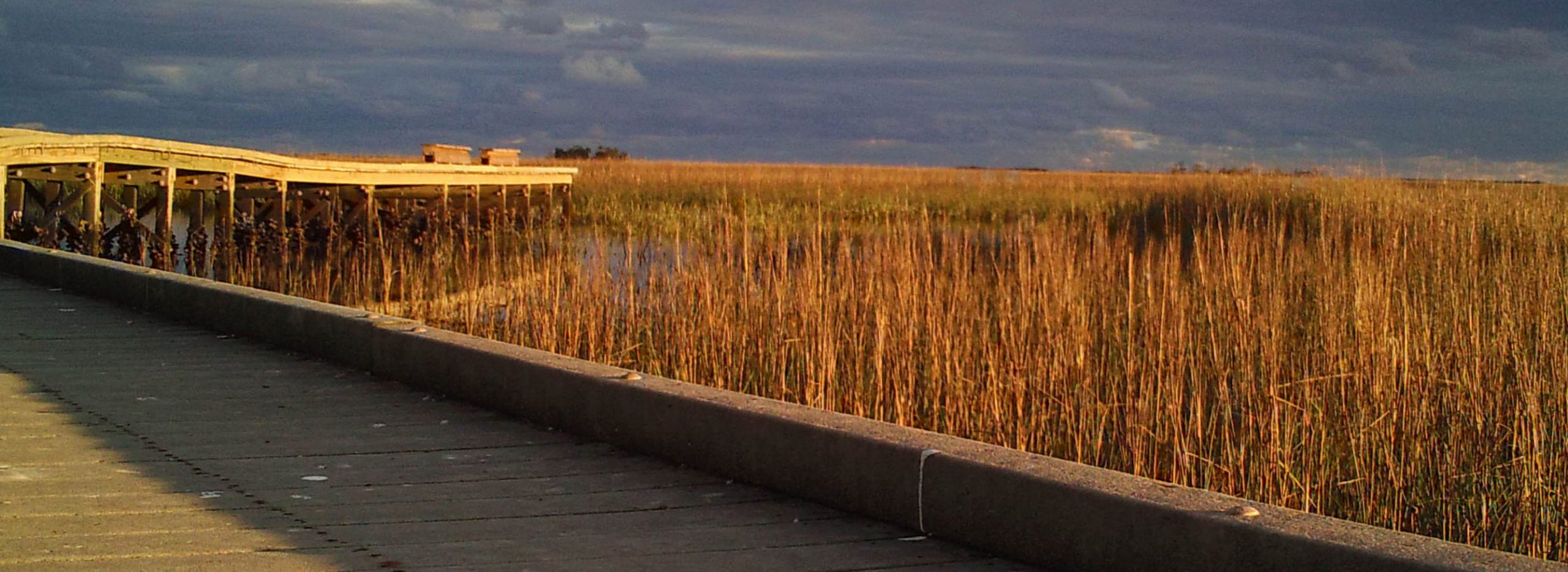April is a little more quite around the USC Baruch Marine Field Lab with programs postponed and most staff working from home. But the marshes of North Inlet are still bustling. Birds with bright yellow legs, aptly named yellowlegs, are stopping by for a buffet of insects, crustaceans and mollusks, and maybe some small fish, before heading north. Boldly colored black and white wings and a loud pee-wee-wee call signal willets coming in for a snack of fiddler crabs. Silhouetted dowitchers move like sewing machines across shallow marsh pools, filling up on aquatic insects and mollusks before heading north to the tundra. This time of year the marshes, creeks and mudflats of estuaries are an important layover for many avian travelers.
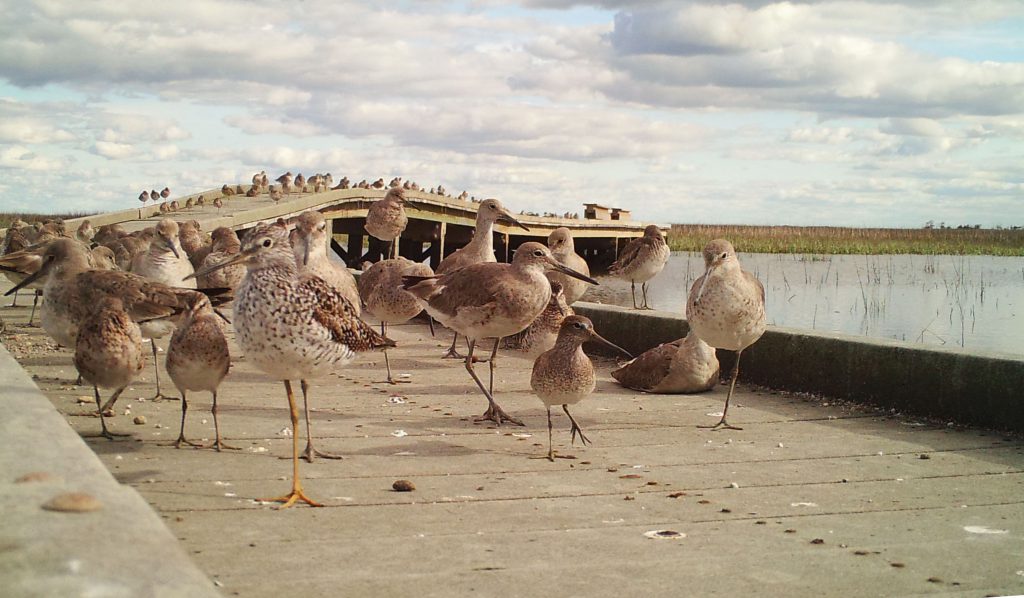
Like people, shorebirds are found in a variety of habitats. On a daily cycle birds move to feed between shallow pools, mudflats, sandbars, and oyster reefs exposed at low tide. When the tide rises and covers the marsh, it is time to take a break on higher marsh and beach areas and structures. On a seasonal cycle, many birds travel from lush tropical beaches to barren arctic tundra. The habitats these long distance migrants need throughout their life stages are affected by major ecological and economic issues that cross borders, including climate change, sea level rise, pollution and coastal development. Shorebird populations can therefore serve as indicators of the health of our coastal habitats and of our efforts to protect and restore them.
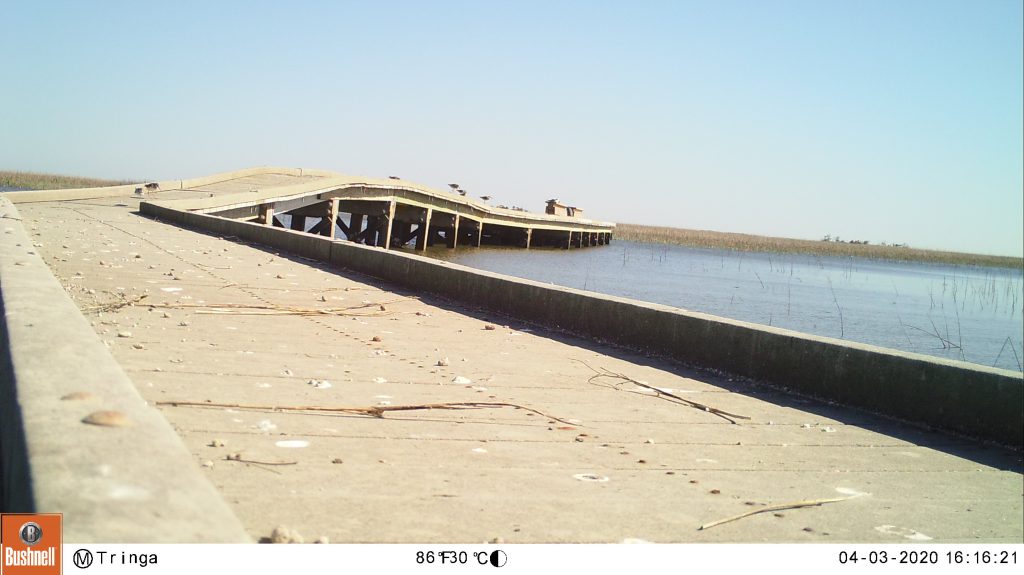
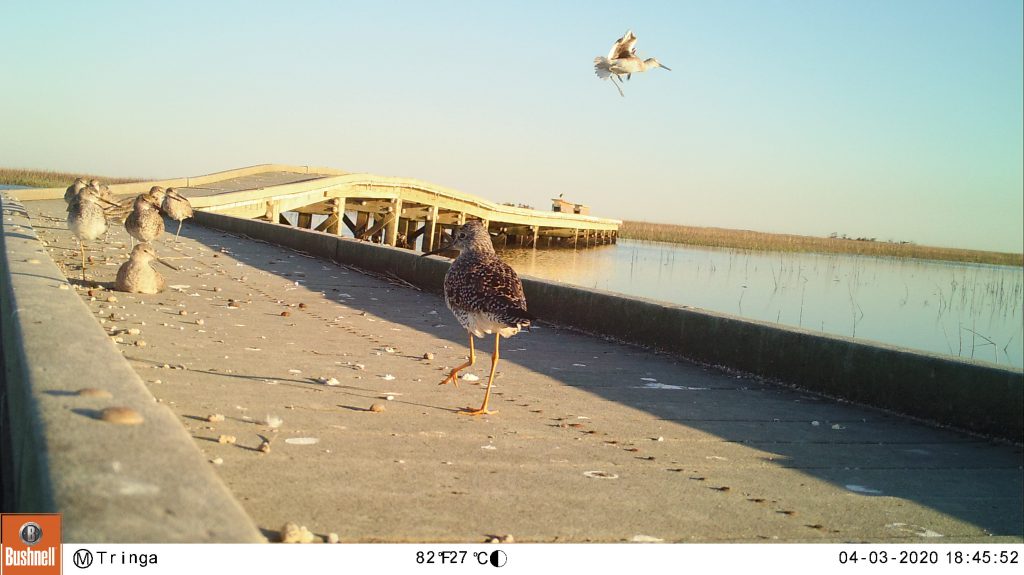
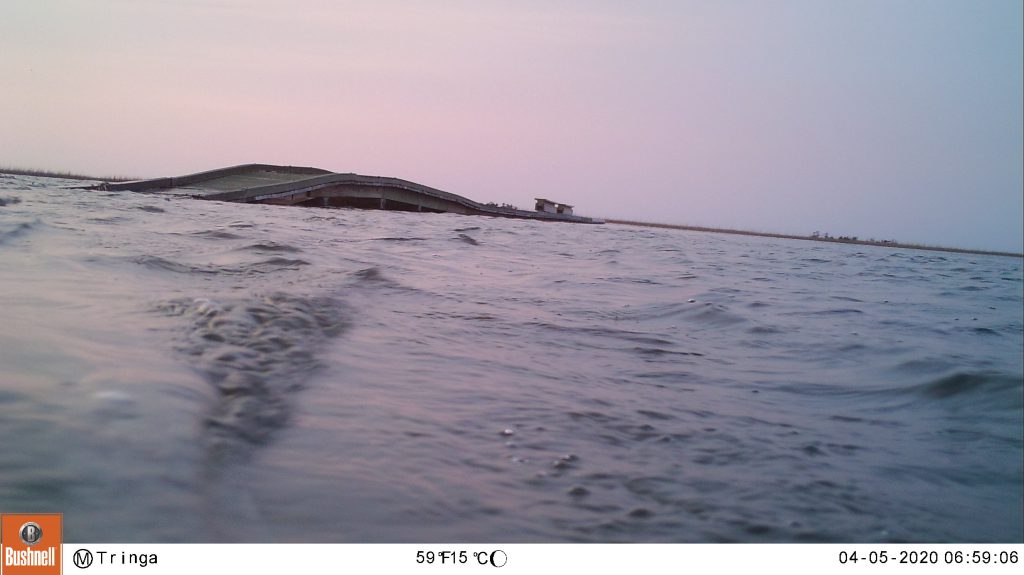
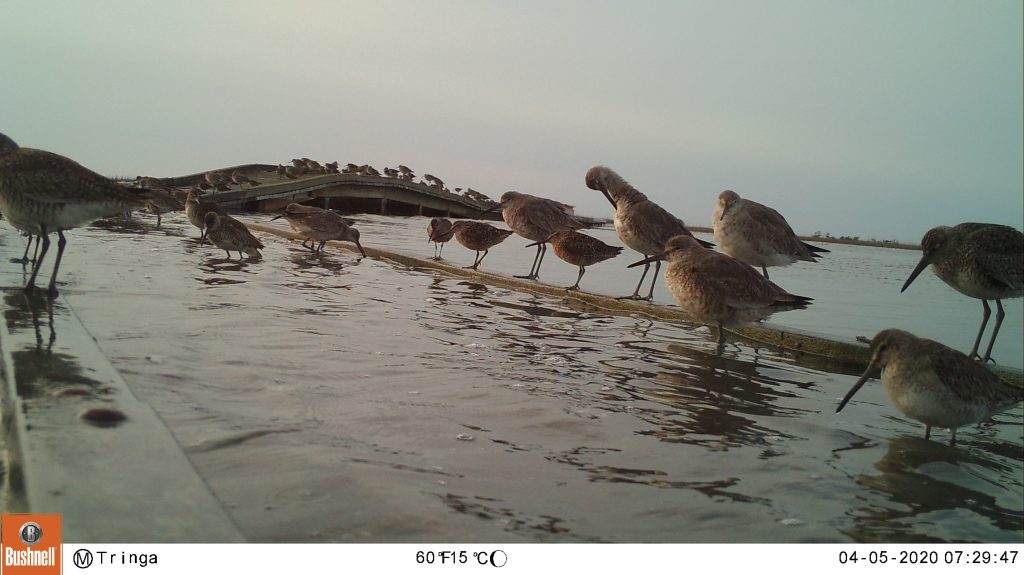
The Oyster Landing pier and education boardwalk at the Reserve are popular hangouts for many birds. Above are a few images captures by a wildlife camera on the boardwalk last week. These images were taken at near low tide (top) and just after a high spring tide (bottom). They demonstrate the dynamic nature of salt marsh habitats, where you might thing you are under a desert sun at one point in the day, and on an ocean bay six hours later. In this way, a single salt marsh area can serve as multiple habitat types over the course of a single day. There are not many other ecosystems that can make that claim.


